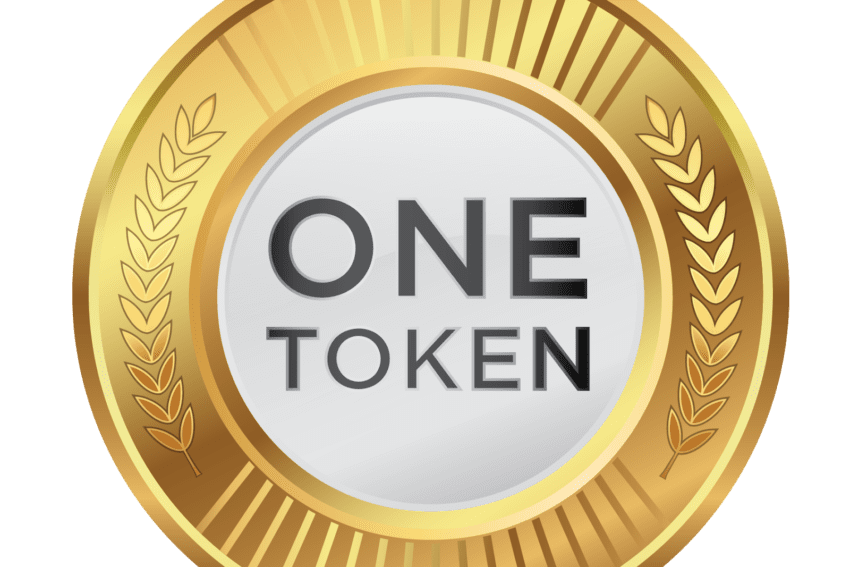Due to the appearance of the cryptocurrencies and the increasing use of the underlying technology, there are some concepts which have been mentioned quite frequently but their meaning is not fully clear. We are talking about the token. In this post, we will be focusing on this concept. We will see what the tokens are, how many types of tokens we can find, and we will mention some specific example for the Non Fungible Token (NFT).
Additionally, we will see what is their relation with the cryptocurrencies and which are the most accepted types in the community. In this respect it is important to know that not all the classifications for tokens are equal. We will focus in the most popular classification, which is also the best known in the community.
What are the tokens?
We can define the tokens as units of value similar to currencies, but where the owner and issuer is a private entity. Due to this, their value is only valid within a certain environment. They are commonly used as representation of value (both physical or digital) for other assets. A good example could be the casino gaming chips, where the value of the token only makes sense in the machines of the casino.
In the same way, in the blockchain environments, the tokens are representations of value valid only for those environments. Moreover, the digital tokens can have different properties depending on the type of token. The Non Fungible Token, for example, are unique and, therefore, they cannot be interchanged among them. Their principal use case is to serve as a collectible or to replicate unique objects of the physical world.
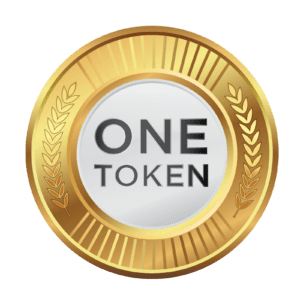
On the other side, the fungible token can be interchanged among them, an their value depends on the use case. In fact, these token can serve as a mean of payment (Bitcoin), to concede certain rights to the owner, or even as an investment asset. The classification we will see is precisely attending to this type of fungible token.
What are the main differences between the tokens and the cryptocurrencies?
As commented earlier, in the blockchain environment, the tokens are representations of value within a determined network. For example, bitcoin (BTC) is the token for the Bitcoin platform, while the ether (ETH) is the token that works for Ethereum. This way, we can see that the tokens existed long before the cryptocurrencies. However, now they have acquired a new meaning.
But this arises one question. If the tokens are representations of value and work inside a blockchain, what is the difference with the cryptocurrencies? The cryptocurrencies are designed exclusively as a mean of exchange, and they work in their own blockchain. Other tokens could be just representation of physical assets in the blockchain of a third party. This would we be case for the Ethereum network, where any third party token can be developed. This is the reason why the cryptocurrencies are also known as digital coins. The tokens, however, can refer to any digital asset developed in a third party blockchain, as Cryptokitties for example.
Now that we already know what the tokens are, we can see that the meaning depends on the origin of the token. Those tokens whose design is directly digital are considered as “digital native“. These tokens do not have any equivalent in the physical world, so the cryptocurrencies would be a good example. In the traditional concept, the tokes are created to represent a digital object, as a picture, a house, o any other thing. This process of transforming any physical object into a token is what we know as “tokenization“.
Use case of a NFT
When we represent any object with a token, we are allowing the interchange in fast, secure and efficient way. Let’s see the example of a picture. If I own a picture which I want to sell, I have two options of doing it: I can sell it physically, obtain the correspondent money and charge the other party for the transportation costs, the storage, and so on.
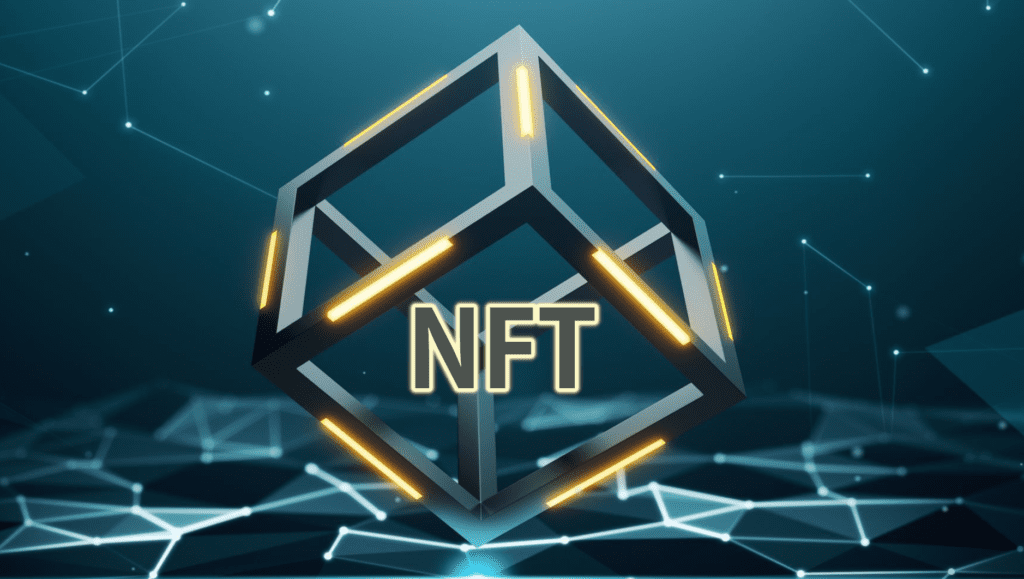
However, if we tokenize that picture (what means to describe all its properties in a smart contract and to upload that smart contract into a blockchain), then the selling process become much easier. I could sell the picture and obtain the funds almost instantaneously. The process would work much faster, we would save the transportation costs, and the transaction would be available to everyone in the blockchain.
With this example we see what type of use cases we can find with NFT. However, in this process we have seen two different flows. On one side, the flow of money from the buyer to the seller (let’s suppose we use ether). This flow is expressed in ETH, and the coins are fungible and, therefore, technically can be interchanged.
On the other side, the flow with the token from the picture. This token must be unique, because the picture is unique, and not even a replica would have the same value. This is the reason why, if the object is not fungible, the token which represents it cannot be fungible either. In this context is when the NFT is born, because it makes total sense.
Types of tokens
We have seen what are the main elements of the tokens. On one side, attending to their origin, they can be digital native (cryptocurrencies) or digital representations of physical assets. On the other side, attending to their nature, they can be fungible or non fungible. This factor is one of the most important conditioners of the use cases. Within the fungible tokens, we can have up to three different types of tokens which vary depending on the use case:
- Utility token
- Security token
- Equity token

Utility token
We will start by explaining the “Utility tokens“. The main characteristic of this type of token is that it has a concrete utility within the network where is deployed. It is not an investment use case, but the mean of access to a product or service whose DLT offers. However, this type of token is also interchangeable and their value can rise up or drop down over the time. In this sense, their price can oscillate and therefore benefit to the investor, although it is not the final goal of this token.
The Initial Token Offering (ITO) is the process by which this kind of token are created. This process consist on the offering of a limited amount of tokens that, on one side, will be used to finance the project and, on the other side, will serve to access the products and services described in the white paper of the ITO. A good example of this token could be Filecoin. This company offers cloud storage and it collected more than $ 257 millions after their ITO. This financing has allowed the investors to access their decentralized platform.

Security token
In the second place we would have the tokens which equal the financial assets, also called “Security Tokens“. These tokens are different from the previous because they trade in public markets, and there is a certain expectation of economic yield from the investors. These type of financial assets are usually well regulated by the correspondent institutions to prevent investors from possible frauds. Due to this, when one token of this type is going to be issued, the required regulation is more demanding than usually, to acknowledge the investors of the possible risks.
The Security Exchange Commission in U.S.A. (equivalent to the Spanish CNMV) defines any asset as a financial asset depending on the fulfillment of the “Howey Test“. This test defines the latest functionality of any asset according to four elements:
- There is an economic investment
- There is an expectation from the investor to obtain an economic yield
- The investment takes place in a company
- The economic yield comes from the work of a third party instead of the investor
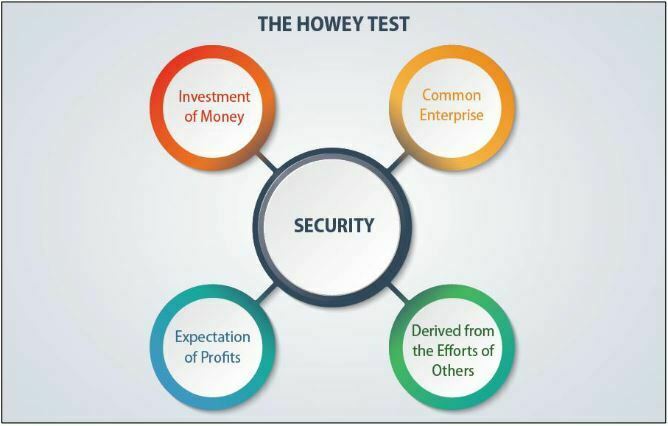
This way, it is easy to distinguish whether the token has been bought to access a service (in which case it would be a “Utility Token”), or whether the finality is to obtain a future economic yield (in this case, it would be a “Security Token” and the applicable regulation would be different). The Security Token are created through a Security Token Offering (“STO”), which is equivalent to an ICO for financial assets.
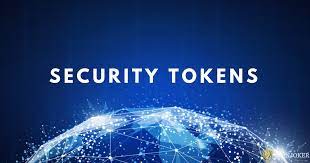
Equity token
In the last place we would have the “Equity Token“. This type of token, which shares some characteristics of the Security Token, is distinguishable because not only has an implicit yield expectation, but also represents the ownership of a fraction of the company, same than common shares. This means that these tokens are the digital representations of the shares of one company. Therefore, the investor has the same rights than the traditional shareholder (right to vote, payment of dividends, etc.).
Additionally, the shares are also an investment asset, so we could integrate the Equity Tokens into the Security Tokens group. The difference is that the element that matters is not only the speculative factor, but also the rights implicit to the token. The shares of any company, in the same moment they are tokenized, they would become Equity Tokens. They would have the exact same rights than the traditional shares, but with the added benefit of being represented in a digital environment like blockchain.
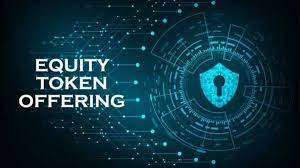
Conclusion
We have seen in this post the three main categories that have the highest acceptance. There are some other categories depending on the asset which is represented, etc., but these are not so popular. When the regulation become fully adapted, we may expect a higher standardization of the categories among the investors. This will help not only to their understanding, but also to their development, once the implicit rights and obligations of the tokens are better defined.
In this sense, Ethereum is the most popular platform thanks to the standard ERC-20, ERC-721 and ERC-1155. These are just standard Smart Contracts with predefined properties to create different types of tokens. these standards make much easier the development and deployment of almost any kind of token, integrating them in the Ethereum platform. Additionally, they are really easy to implement and they are used for most of tokens and decentralized applications that exist today.
To sum up, the tokens are representations of value that have existed for a long time ago, but it is now with the blockchain technology when they have acquired their highest importance. Their existence can speed up and make cheaper several analogical processes. For that, however, it is necessary their acceptance not only by the networks, but by the whole society.

